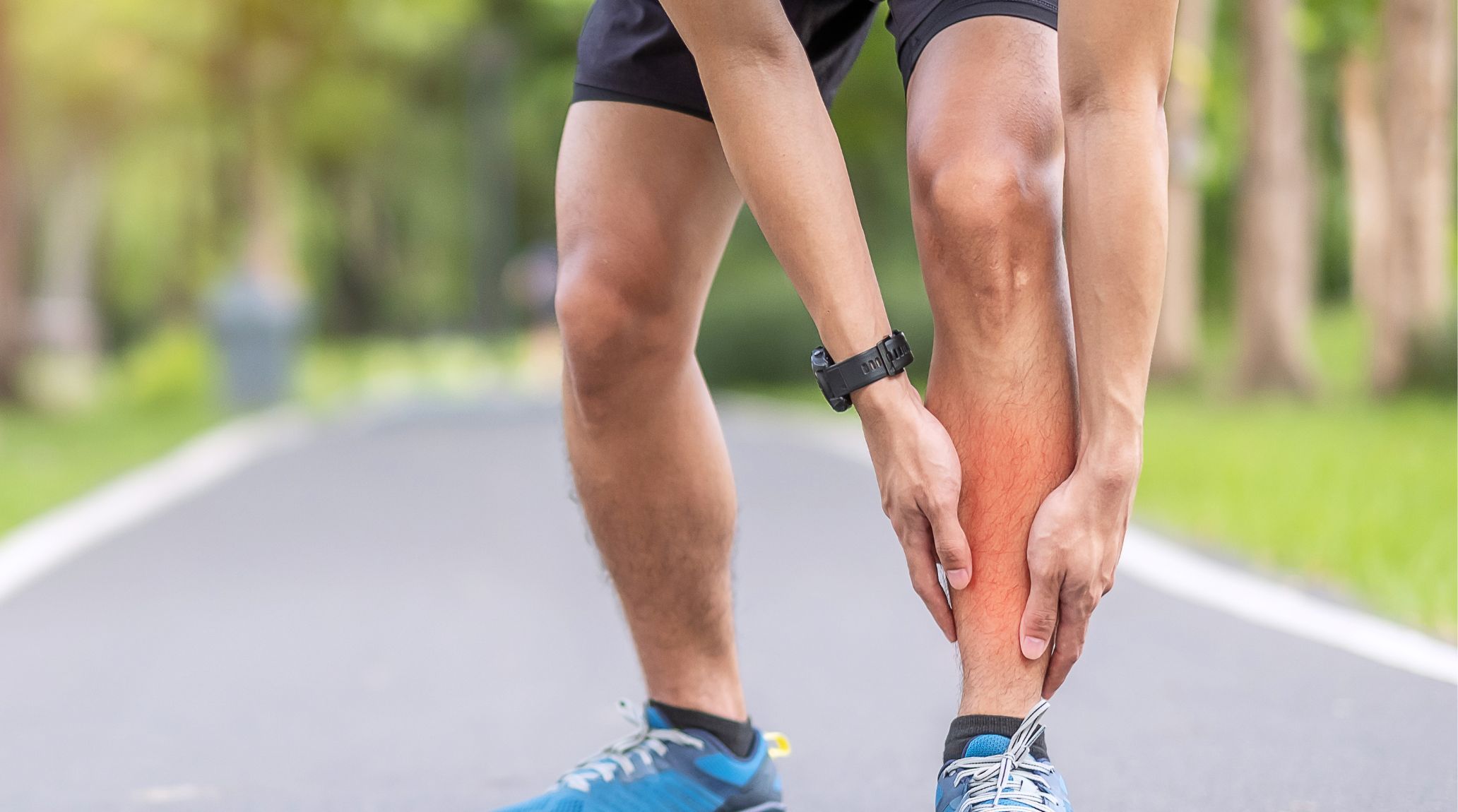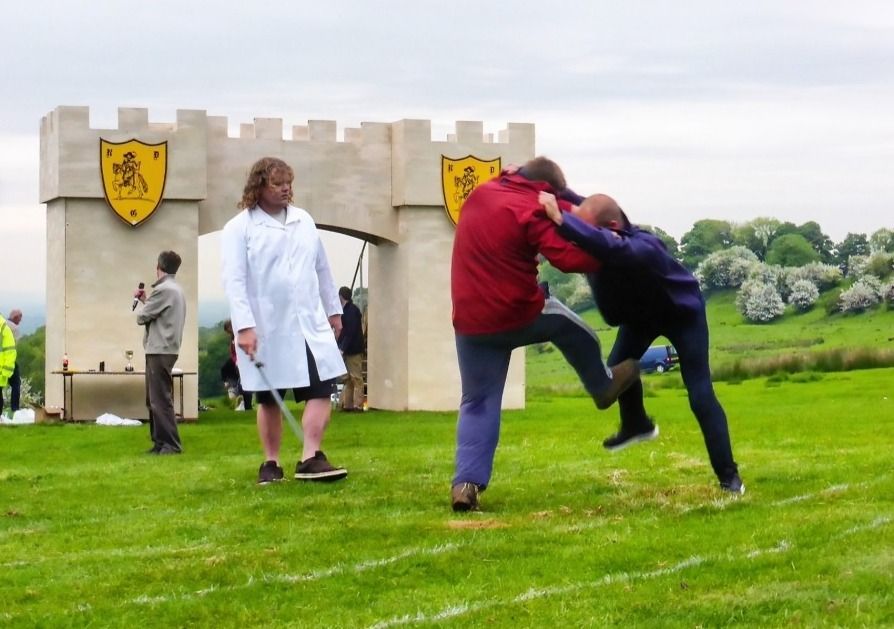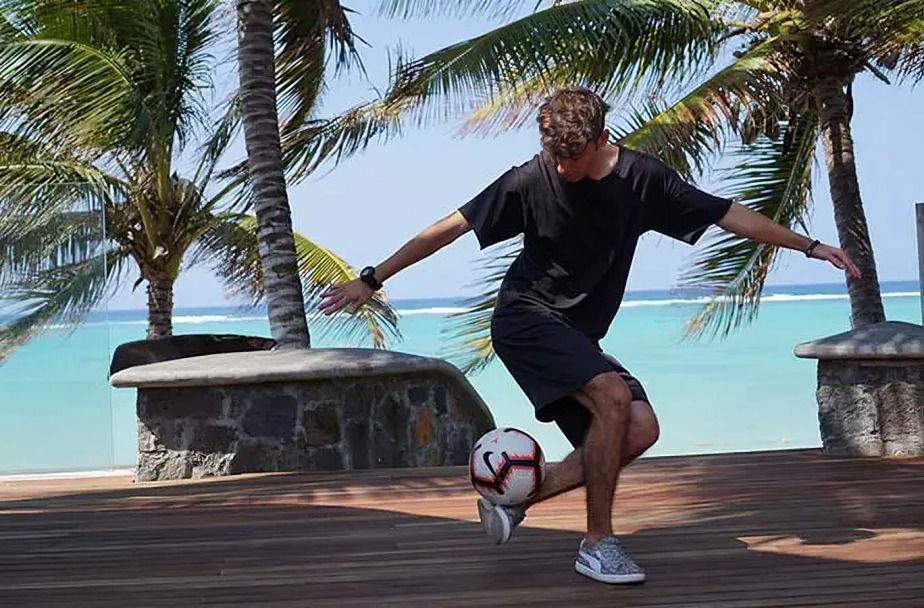
“
The shin bone, or tibia, is a remarkable and essential part of the human body with fascinating characteristics and vital functions. As the second longest and strongest bone, the tibia supports our weight and facilitates movement. In modern times, its role extends to athletic training and forensic science, where it aids in identifying and analysing remains. The tibia’s strength and versatility highlight its importance in both everyday activities and specialised fields. Explore the shin bone's unique features and cultural impact to gain a deeper understanding of its significance and role in our lives.1
1
”
The shins are essential for maintaining upright posture. They support the lower leg, absorb impacts, and contribute to balance and stability, helping us stand, walk, and run effectively by distributing weight and force. 1
The shin consists of two main bones: the tibia and the fibula. The tibia, the larger bone, supports most of the weight, while the fibula, positioned alongside it, provides stability and forms part of the ankle joint. 2
Technological advancements in imaging techniques like MRI, CT scans, and X-rays have significantly improved our ability to visualise and analyze shin bone structure and potential abnormalities. 3

Shin-kicking, a traditional English sport, has been part of the Cotswold Olympics since 1636. Competitors kick each other's shins while trying to knock their opponent to the ground, highlighting the shin's role in traditional games.
In forensic science, the tibia is vital for identifying unidentified remains. It can reveal crucial details such as age, sex, and stature, making it a key bone for solving cases and providing important clues in forensic investigations. 4
Athletes often suffer from shin injuries like shin splints, stress fractures, and contusions resulting from repetitive impacts and intense physical activity. Shin splints cause pain along the inner edge of the shinbone, while stress fractures are tiny cracks in the bone.5
To prevent tibial injuries, wearing seatbelts, using appropriate protective gear during sports, and keeping living spaces free from tripping hazards are important. Proper safety measures can significantly reduce injury risks. 6

In 2015, Marcel Gurk from Germany set a world record for the longest time, balancing a football on his shin, achieving an impressive 10 minutes and 0.3 seconds. His remarkable skill showcases extraordinary control and balance.
Shin injuries can vary widely, including fractures, bruises, and strains. These types of injuries can affect both the bones and the surrounding tissues, often resulting from trauma or repetitive stress and requiring appropriate treatment for recovery. 7
3D printing technology is transforming bone repair by enabling the creation of customised implants, including those for the shin bone. These implants use materials that enhance bone growth and integration, revolutionising treatments and improving recovery outcomes.8
The muscles in your shins are essential for ankle movement. They help control actions such as lifting the foot and stabilising the ankle, contributing to smooth and coordinated movement during activities like walking, running, and jumping. 9

In 2021, Miriam Alami from Morocco set a record for the most football touches with the shin in one minute, achieving 151 touches. This remarkable feat highlights her exceptional skill and precision in football.
The fibula, the smaller of the two lower leg bones, provides stability to the leg and serves as an attachment point for various muscles. It plays a crucial role in supporting the lower leg's structure and facilitating movement. 10

Giraffes have long tibias that contribute to their great height. These extended shin bones help distribute their massive weight and allow them to reach and feed on tall trees, supporting their unique feeding habits.
To maintain strong tibias, exercise regularly, ensure adequate vitamin and mineral intake, and avoid activities that risk fractures. A balanced diet and healthy lifestyle are essential for bone health and strength. 11


